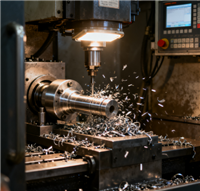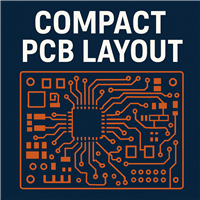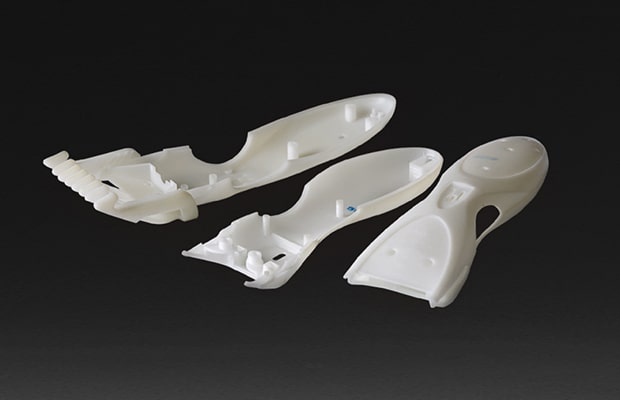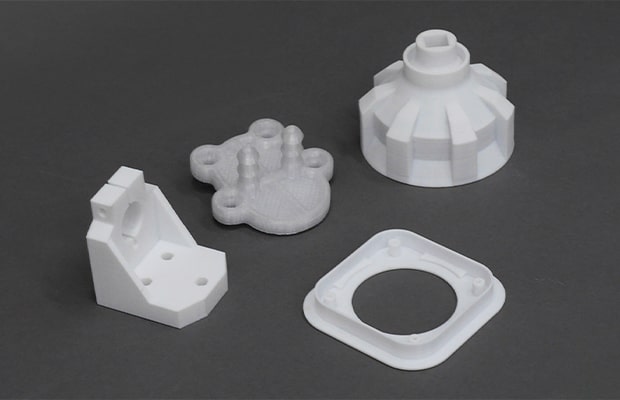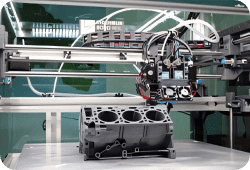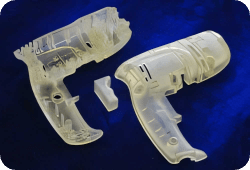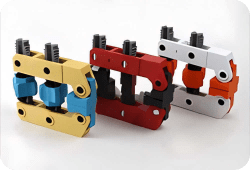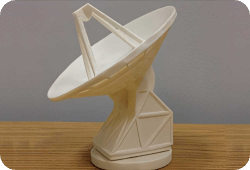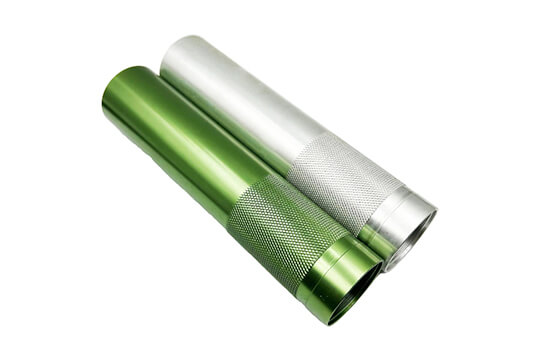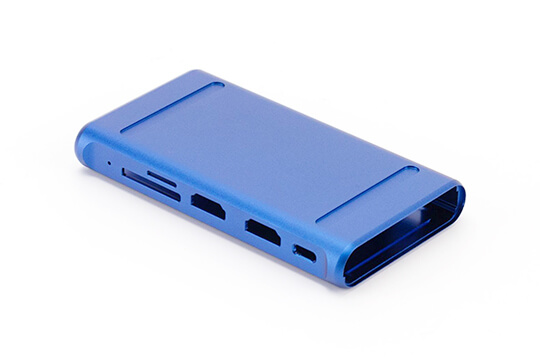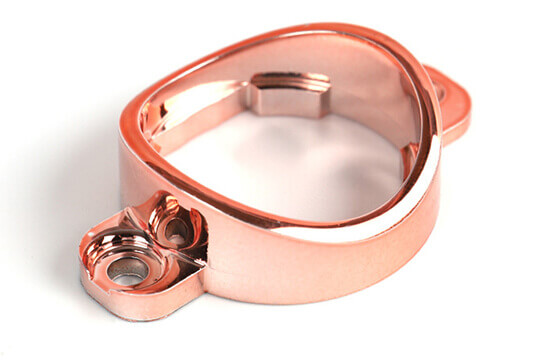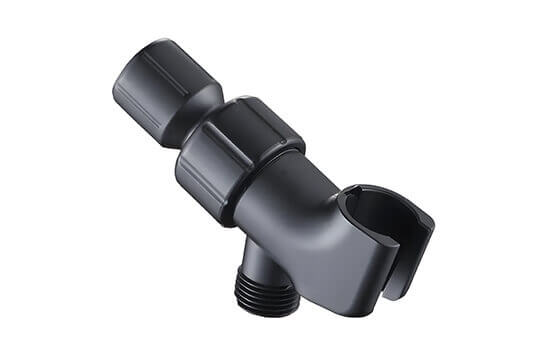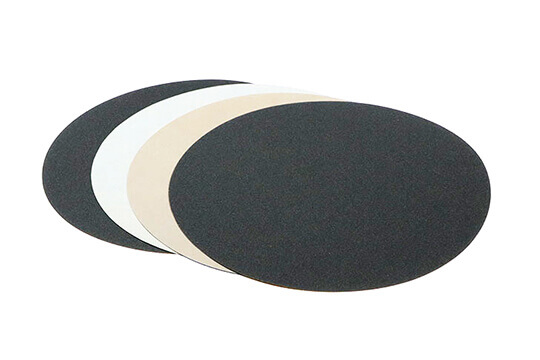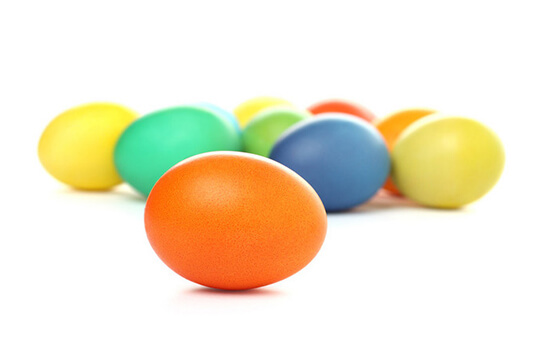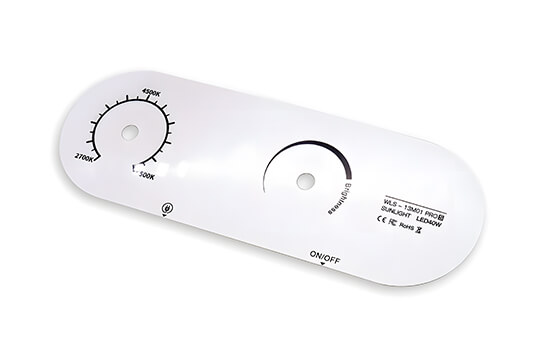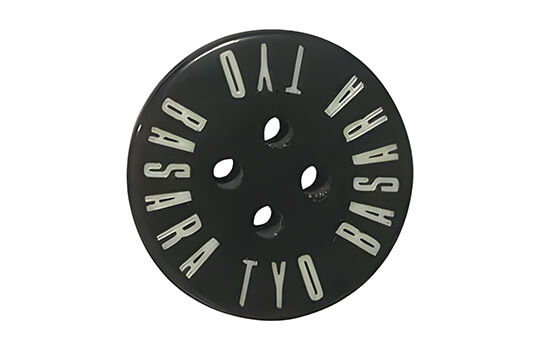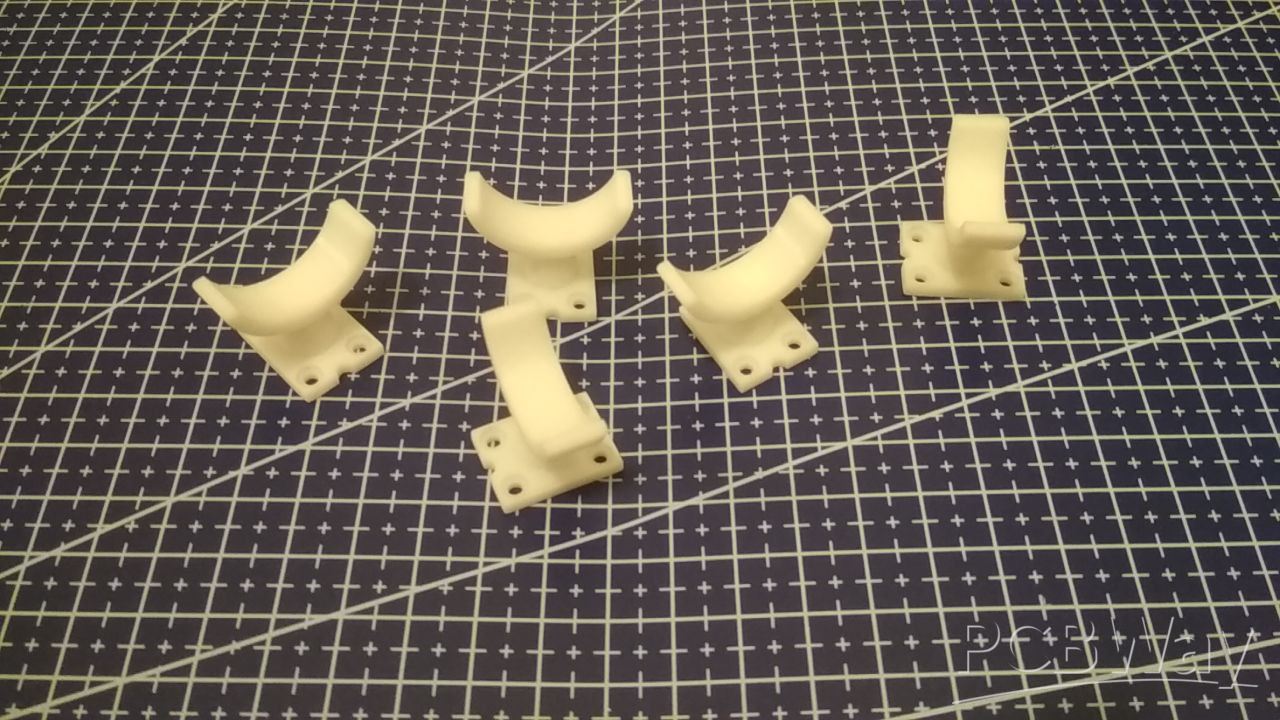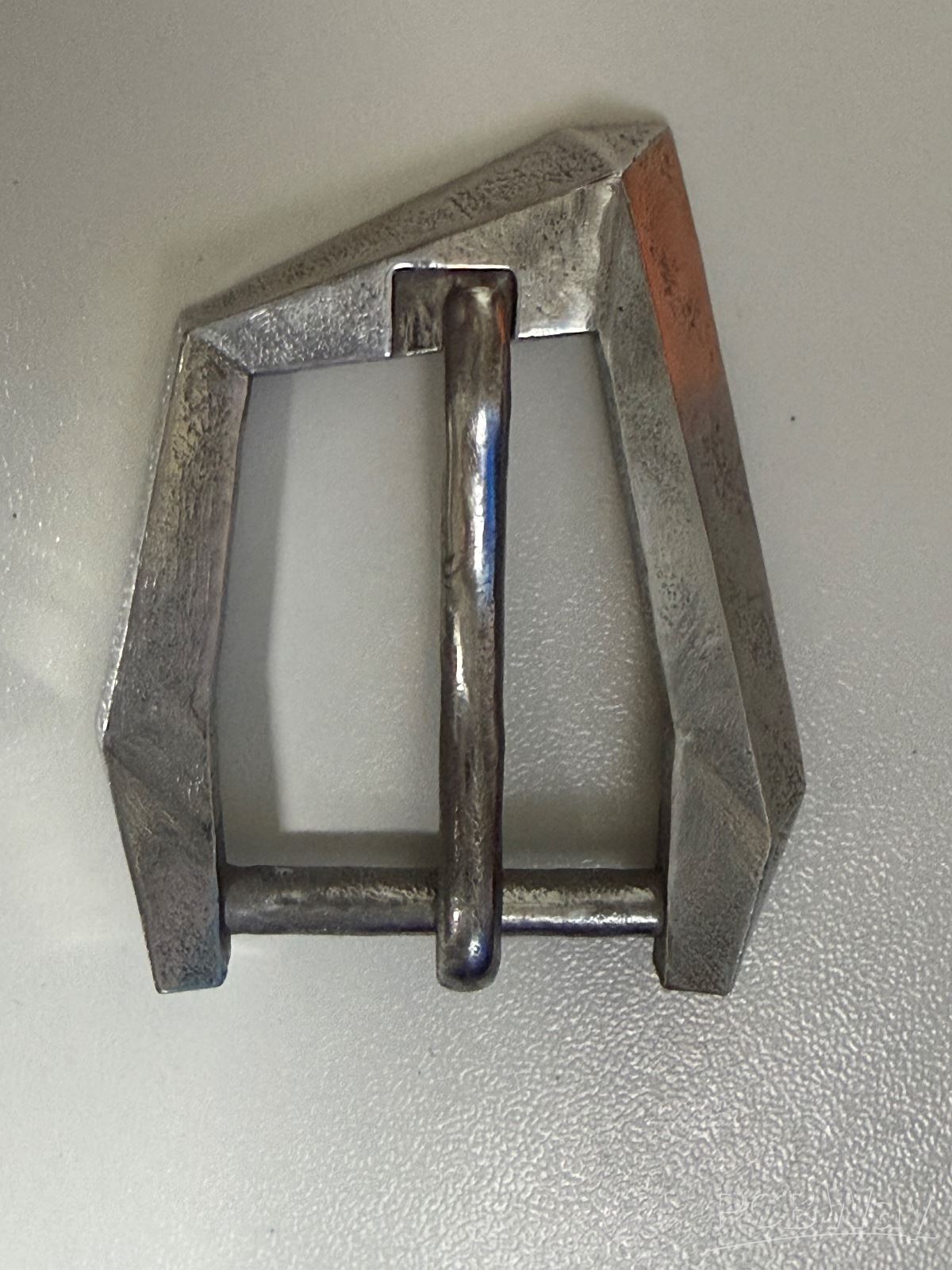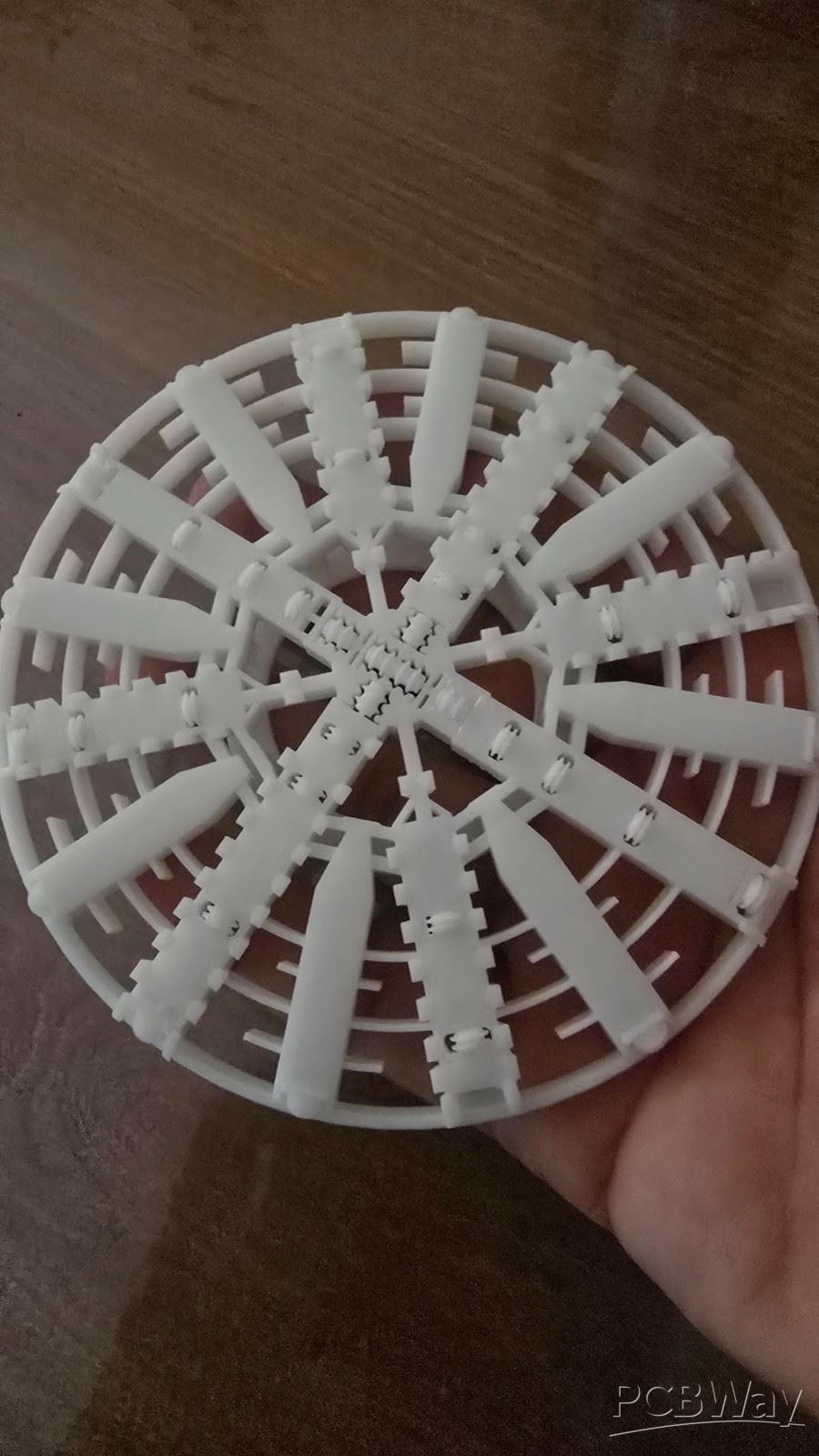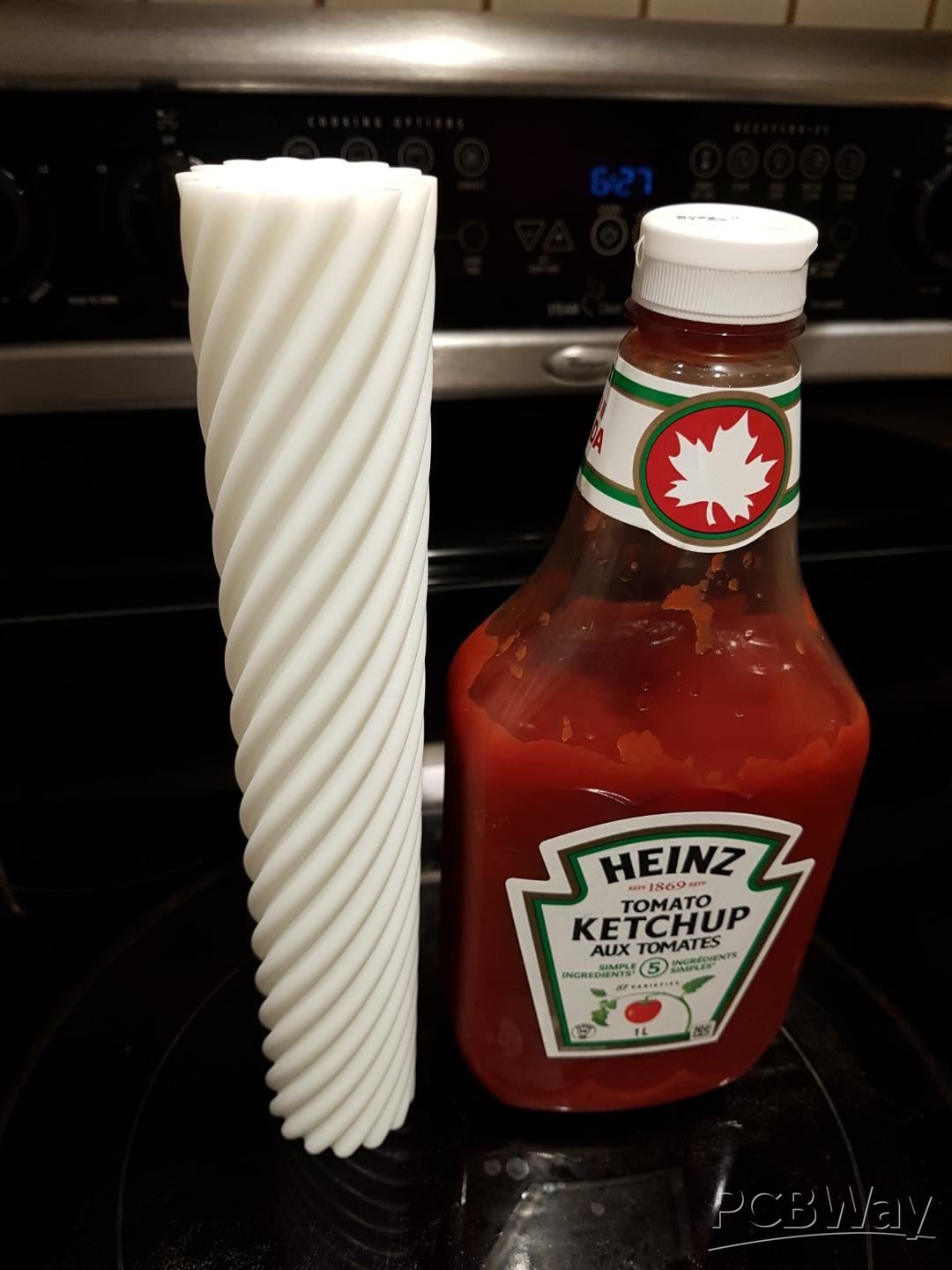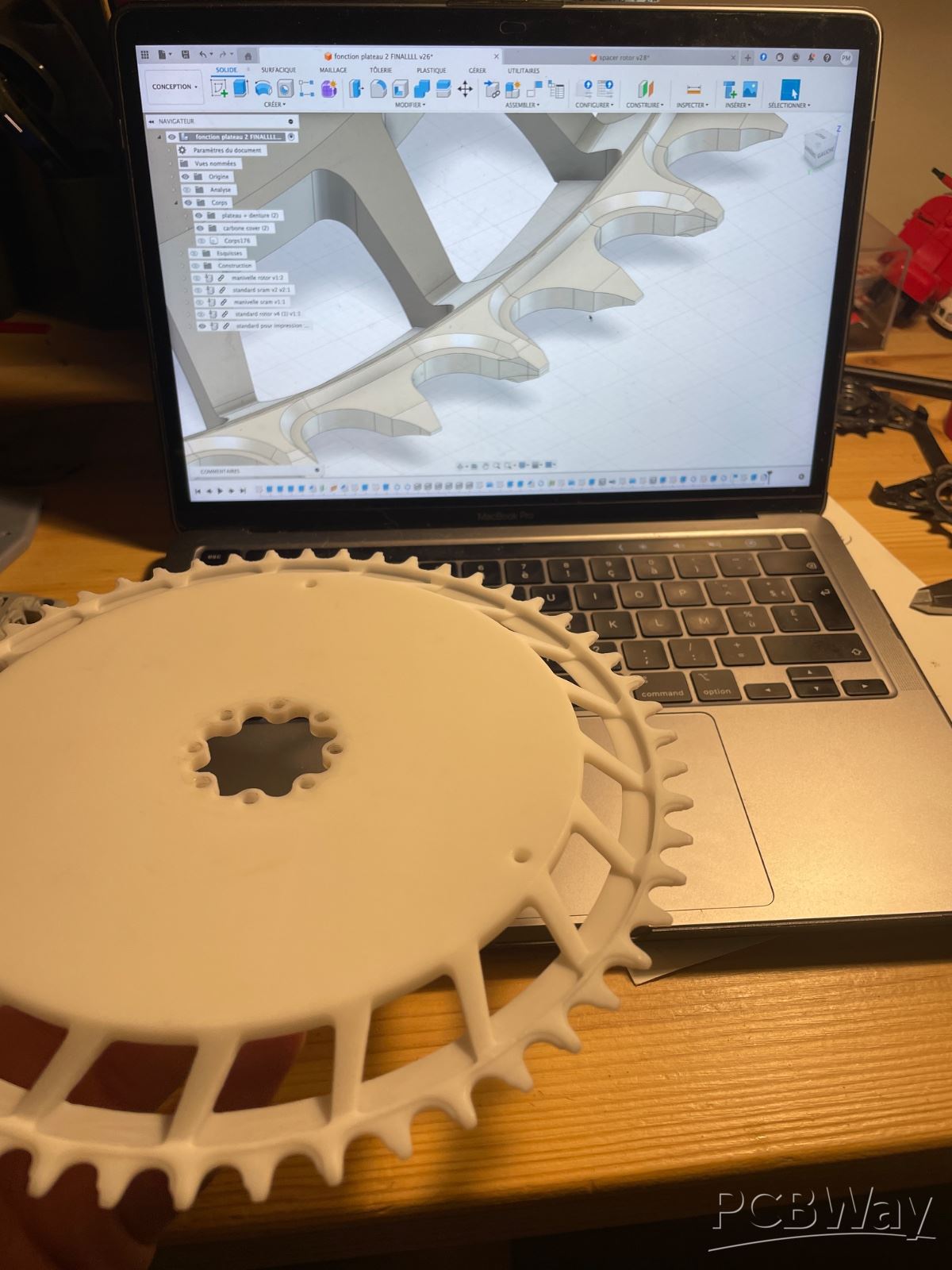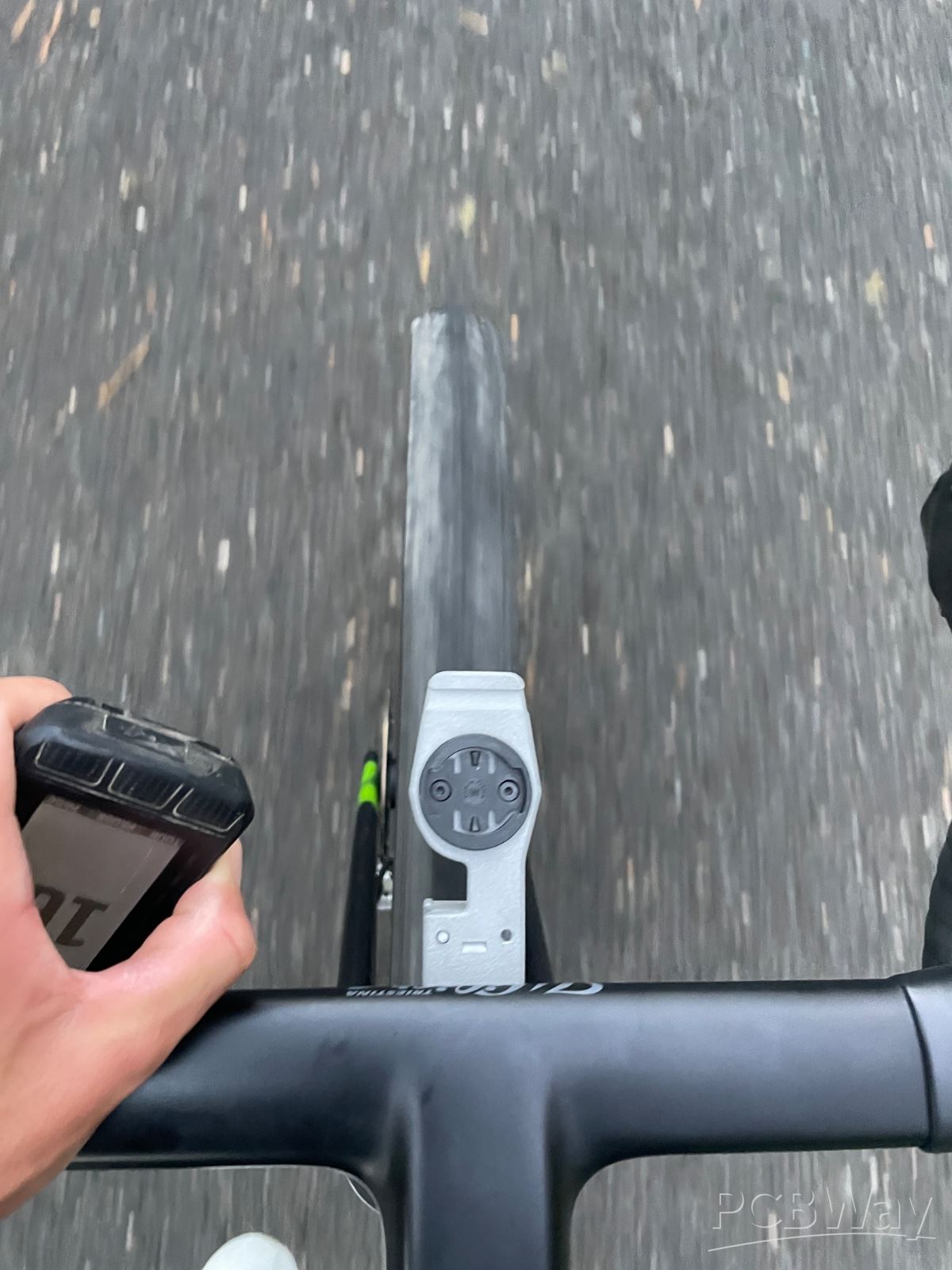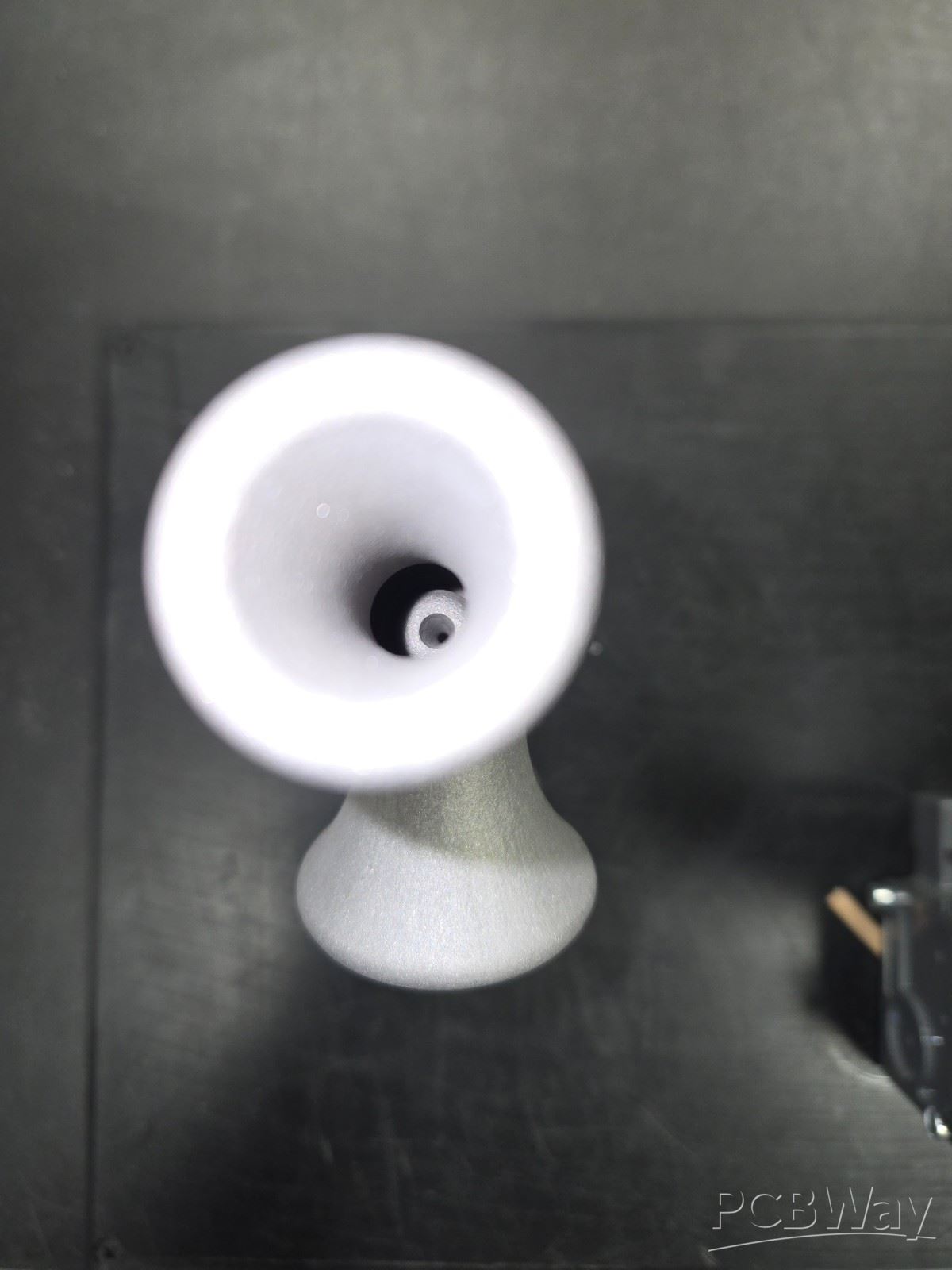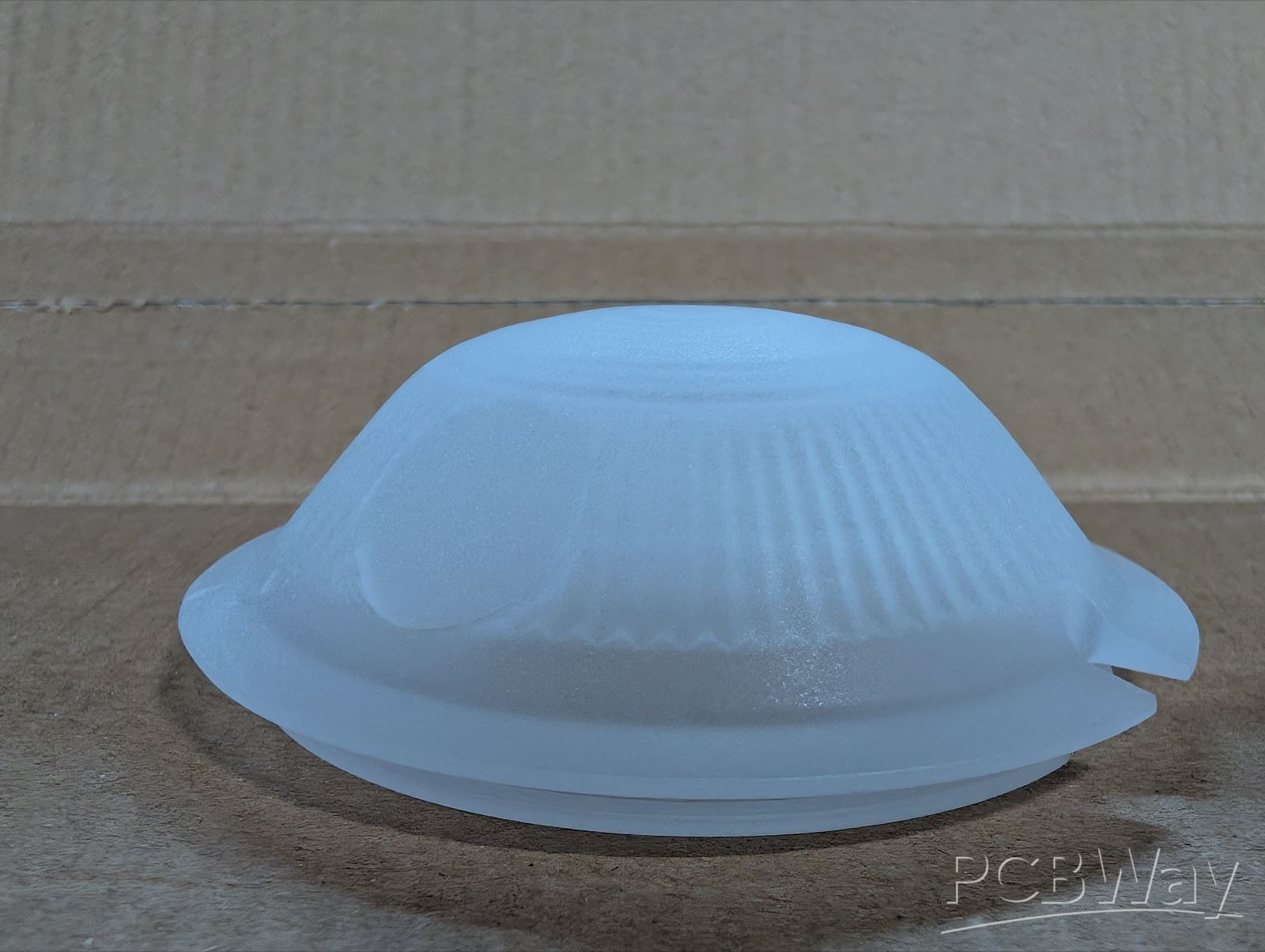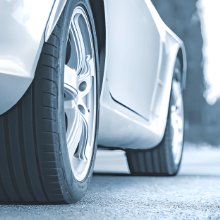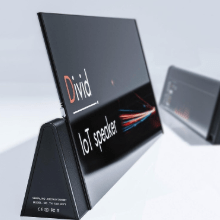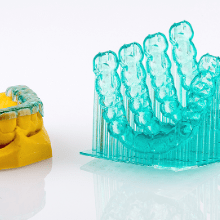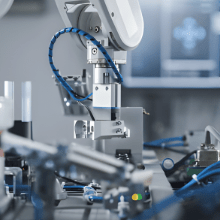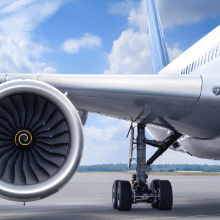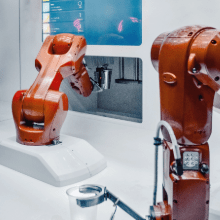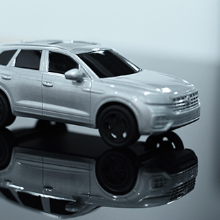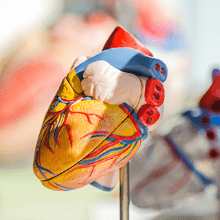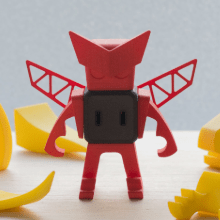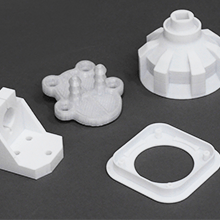Spray painting - High gloss paint
Spray painting: Using spray guns with air pressure to disperse into uniform and fine
droplets and
apply the painting to the surface of the object. Application: generally used in the
appearance of
smart hardware, home appliances, and plastic parts.
Learn
More
Spray
painting - Matt paint
Spray painting: Using spray guns with air pressure to disperse into uniform and fine
droplets and
apply the painting to the surface of the object. Application: generally used in the
appearance of
smart hardware, home appliances, and plastic parts.
Learn
More
Vacuum plating - High gloss paint
Vacuum plating mainly includes vacuum evaporation, sputtering and ion plating. They
are
all used to
deposit various metal and non-metal films on the surface of plastic parts through
distillation or
sputtering under vacuum conditions. It can get very thin surface coating. Detail
sanding
would proceed
for these parts in order to achieve the best surface effect after plating.Features:
fast
speed and
good adhesion.
Application: functional coatings for higher-end products, household appliances, and
cosmetic
packaging.
Learn
More
Vacuum plating - Matt paint
Vacuum plating mainly includes vacuum evaporation, sputtering and ion plating. They
are
all used to
deposit various metal and non-metal films on the surface of plastic parts through
distillation or
sputtering under vacuum conditions. It can get very thin surface coating. Detail
sanding
would proceed
for these parts in order to achieve the best surface effect after plating.Features:
fast
speed and
good adhesion.
Application: functional coatings for higher-end products, household appliances, and
cosmetic
packaging.
Learn
More
#1000
sanding
Sanding is the use of fine abrasive sand particles to rub the surface of the product
to
produce a
diffuse, non-linear texture effect. Adhere different abrasive grit to the backing
paper
or the back of
the board, and the abrasive grit can be distinguished by different granularities
according to the
size: the higher the particle size, the finer the abrasive grit, so the surface
effect
is better.
Learn
More
Dyeing
Dyeing is done in a special solution containing dyes and particular chemical
material.
Dye molecules
are fixed to the fiber by absorption, diffusion, or bonding with temperature and
time
being key
controlling factors. Usually the result of dyeing will have a certain color
difference.
Learn
More
Silkscreen
Silkscreen generally refers to screen printing, which is the process of pressing ink
through a
stencilled mesh screen to create a printed design, graphics and text.
Kindly note that silkscreens can be made only on flat surfaces. ONLY Ai and svg
formats
are acceptable
and meanwhile mark the dimension and placement on the 2D technical drawings.
Learn
More
Laser
engraving
Laser engraving is the use of laser technology to engrave text and pattern on
objects.
The characters
engraved by this technology have no nicks, the surface of the object is smooth, and
the
text and
pattern will not wear out.
Kindly note that laser engraving can be made only on flat surfaces. ONLY Ai and svg
formats are
acceptable and meanwhile mark the dimension and placement on the 2D technical
drawings.
Learn
More


